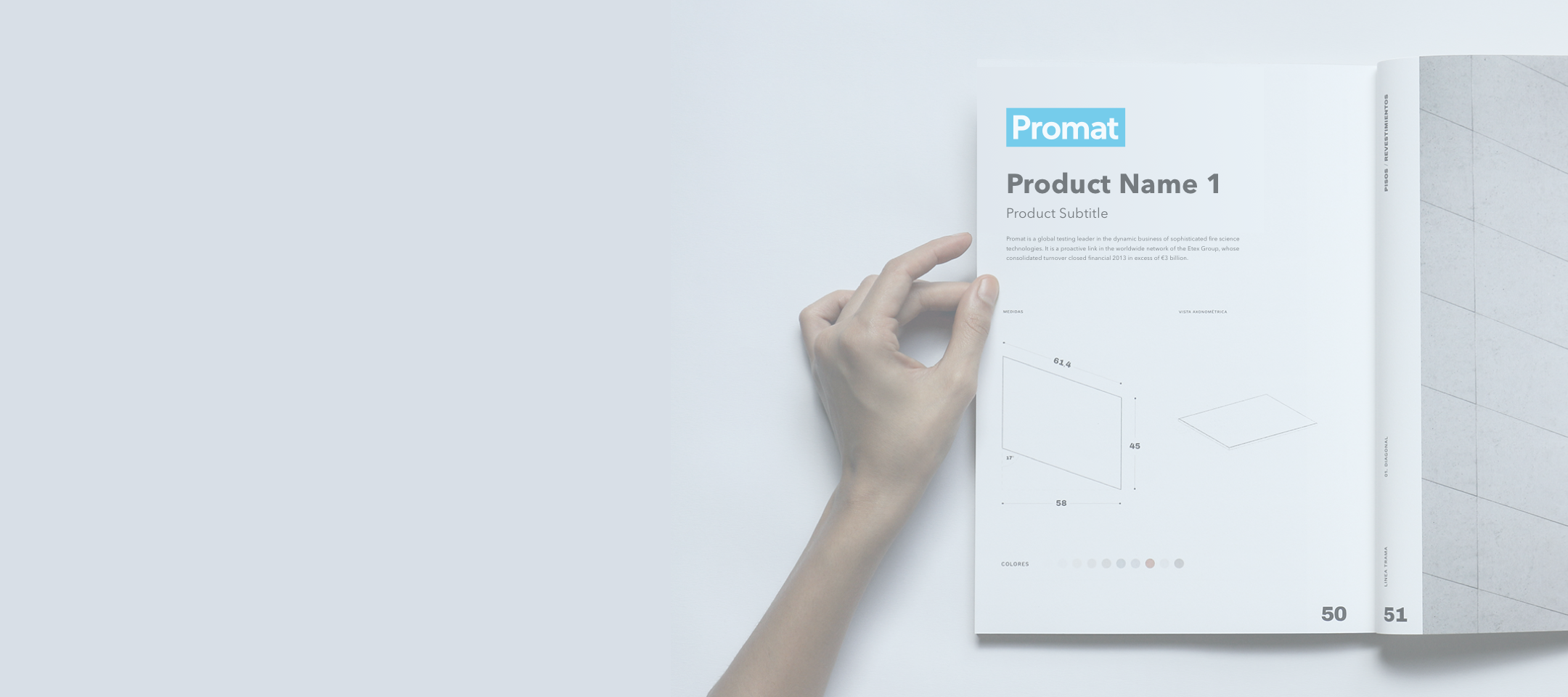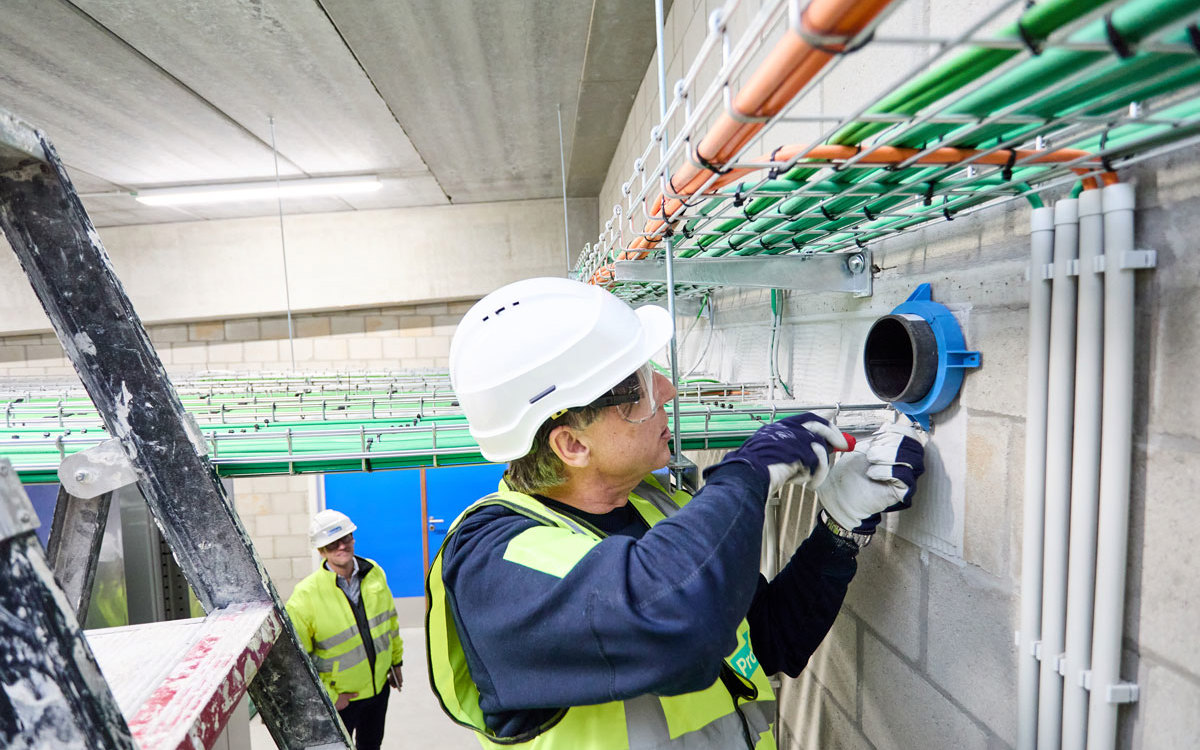
Firestopping is probably one of the most critical parts of a passive fire protection project. Once the structure of the building has been protected and firesafe compartments have been installed, everything is set for a building that can save lives in case of fire. Or is it? The reliability of the full fire protection solution will ultimately depend on the quality of the installation of the firestopping system. If you avoid 8 common mistakes, you are on your way to a perfect firestopping solution.
After a contractor has finished building the walls, ceilings and floors that constitute a firesafe compartment, the building still needs firestopping. Every installer who creates a penetration through an existing fire-rated compartment leaves holes, gaps, joints or cavities in walls, ceilings or floors. Each of these penetrations can spread a fire to the neighbouring compartments. If penetrations or gaps are not properly sealed with approved fire sealants, collars or coatings, the fire will spread and destroy other parts of the building.
Bear in mind that every service installation that penetrates through the fire-rated compartment reacts differently in case of fire. Firestopping cannot be a one-size-fits-all system, solution or product that protects all service installations. The system must be tailored for different types of construction elements. Therefore, there is such a broad range of Promat firestopping products, each tested for a specific use.
Unprotected spaces or cavities that are hidden in the structure of the building provide a dangerous path for the spread of smoke and fire. This is especially true in the case of gaps and joints in, above and below walls, floors, ceilings, roofs and façades. Because these gaps and joints are concealed, they pose an even greater threat than do the more obvious weaknesses in the structure of the building.
Your firestopping solution should include "fire protective products"
In European countries always make sure you install ‘fire protective products’ which have the CE marking for the intended use. Such products are based upon a harmonised European Standard (EN), if available, or a European Technical Assessment (ETA). This shows that fire tests have been assessed and approved by a certified body, the quality control process is constantly monitored and the durability of the products is declared and controlled by a third party. Every product with a CE marking is accompanied by a Declaration of Performance (DoP), which lists the essential performance properties linked to the product. Fire properties and performances described in the Declaration are a summary out of the classification report based on tests and the Exposure Assessment Program (EXAP), if applicable. Moreover, the DoP contains important information about the constancy of performance of the product (AVCP). A DoP document gives you everything you need to be compliant with local legal requirements in Europe and contains vital information about the products for the rest of the world. Besides the DoP, the supplier of the product needs to provide the installation guidelines and the safety data sheet of the product in the local language.
For other regions ensure compatibility with local test standards and building regulations.
Make sure your firestopping systems and products are independently validated
Promat even goes further and performs additional testing which exceeds the basic regulatory requirements to ensure our firestopping products and systems will live up to their promise in real fire situations.
Fire tests and sometimes also classification reports are industrial property, with some details and information treated as non-public. The owner is not obliged to show these documents to the customer. However, the fact that these reports are validated by an official independent third party means they have 100% credibility.
These are the 8 most common mistakes you should avoid to get the perfect firestopping solution.
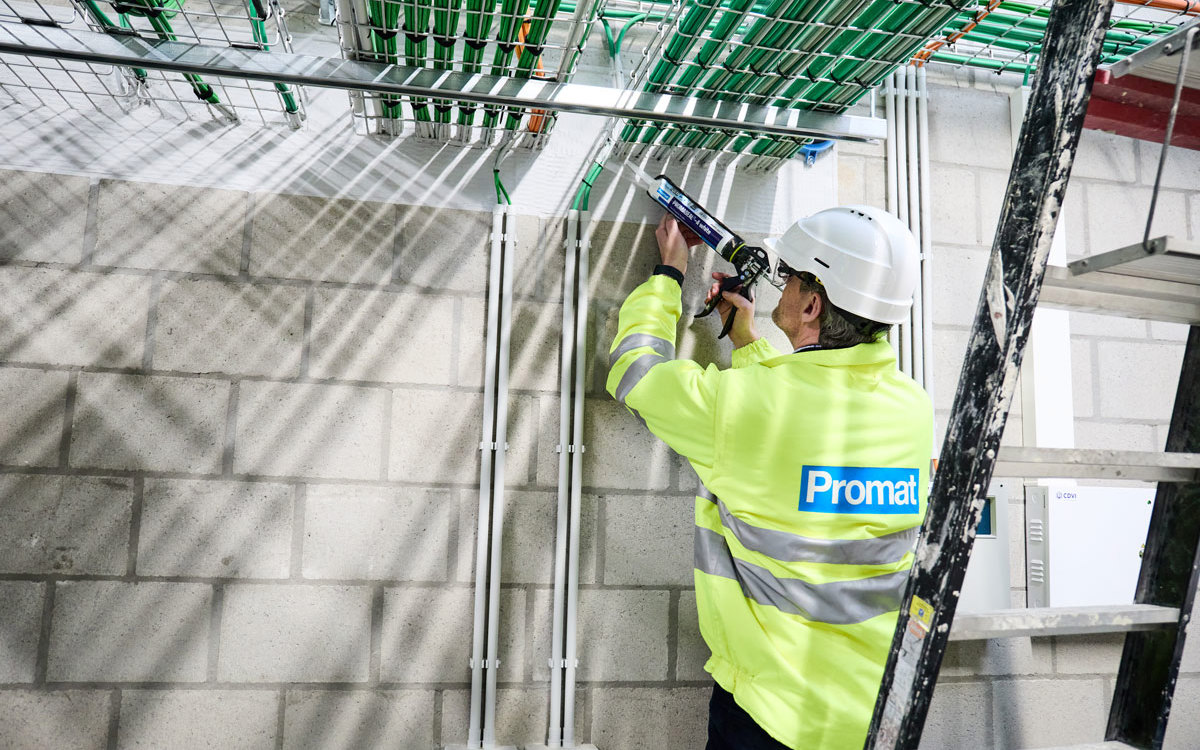
#1: Mind the annular gap
The annular gap or space is the clearance between the penetrating material (e.g. cables, cable trays, or pipes) and the inside edge of the penetration opening. The clearance depends on the size and shape of the opening and the penetrating material.
Make sure the annular gap and dimension of the opening fit your chosen penetration seal system. As a general rule you could use the guideline that no more than 60% of the opening should be filled, if not tested differently by the manufacturer. If the clearance between the opening and the penetration material is larger or narrower than tested (as reported in official approvals), the fire stopping system will probably not perform as it should, the result being fire or smoke leakage through the gaps.
Remember that the space between the side of penetration opening and the penetrating material needs to be filled with a tested fire sealant system, according to specific test approvals. Always carefully follow the instructions of the manufacturer of the system or attend a training session to make sure you make the right choice. Some countries allow the installation of firestopping materials only by trained persons.
#2: Never use the wrong firestopping product
Every type of electrical cable, metal or plastic pipe performs differently in case of fire. That is why every firestopping product is developed and tested for a specific type of penetrating material, in a specific partition or ceiling. Never use products that aren’t designed for your particular application. Never use a firestopping product approved for plastic pipe penetrations to firestop a metal pipe penetration. It is important to use the correct firestopping solution to secure your penetration because the wrong material will jeopardize human life during a fire. To avoid mistakes, you can use the Promat Selector on the website or as an app on your smartphone or tablet. The Selector will guide you step-by-step to the correct firestopping product.
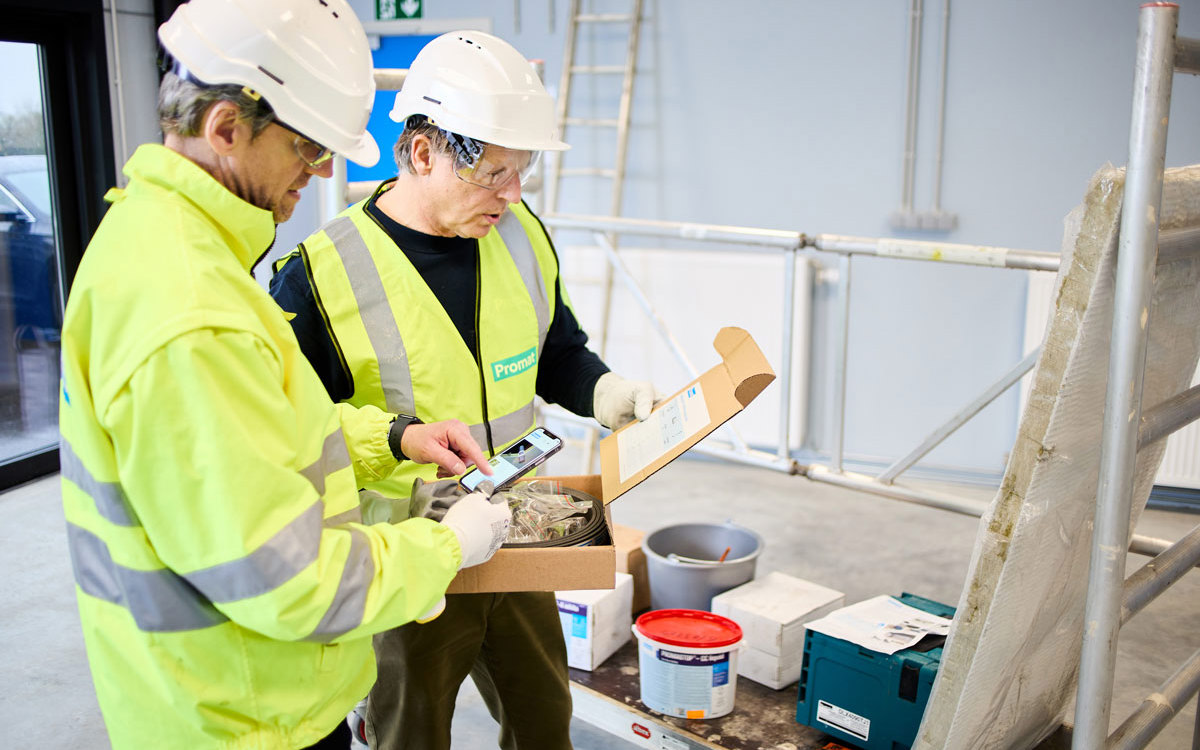
#3: Watch out for uncertified firestopping products
Untested products can be unreliable and fail to perform as intended or as claimed by the manufacturer. In European countries always make sure you install ‘fire protective products’ which have the CE marking for the intended use. Such products are based upon a harmonized European Standard (EN), if available, or a European Technical Assessment (ETA). This shows that fire tests have been assessed and approved by a certified body, the quality control process is constantly monitored and the durability of the products is declared and controlled by a third party. Every product with a CE marking is accompanied by a Declaration of Performance (DoP), which lists the essential performance properties linked to the product. Fire properties and performances described in the Declaration are a summary of the classification report based on tests and the Extended field of Application (EXAP), if applicable. Moreover, the DoP contains important information about the constancy of the performance of the product (AVCP). A DoP document gives you everything you need to be compliant with local legal requirements in Europe and contains vital information about the products for the rest of the world. Besides the DoP, the supplier of the product needs to provide the installation guidelines and the safety data sheet of the product in the local language.
For other regions ensure compatibility with local test standards and building regulations.
Promat even goes further and performs additional testing which exceeds the basic regulatory requirements to ensure our firestopping products and systems will live up to their promise in real fire situations.
Fire tests and sometimes also classification reports are industrial property, with some details and information treated as non-public. The owner is not obliged to show these documents to the customer. However, the fact that these reports are validated by an official independent third party means they have 100% credibility.
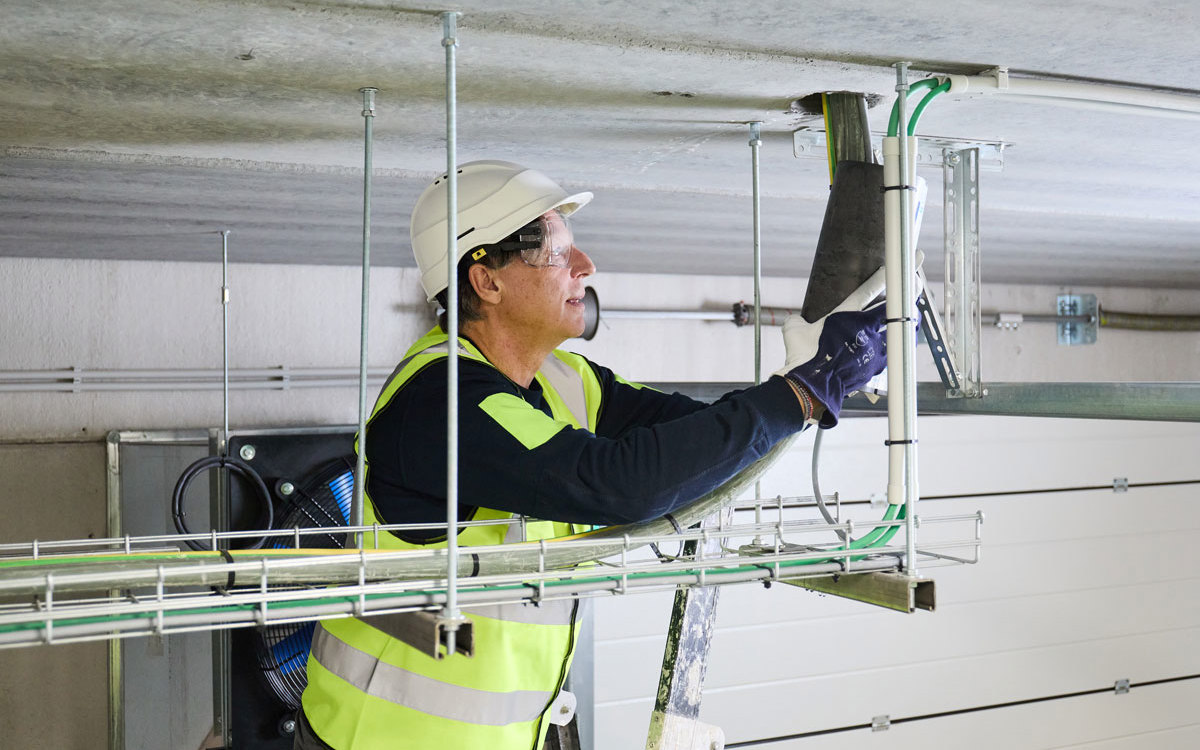
#4: Avoid incorrect or poor installation
Incorrect or poor installation of firestopping products is probably the most common cause of firestopping failure. Some installers can be tempted to get the job done more quickly or more cheaply, but the only way to ensure that the firestopping system functions and is effective is to carefully follow the instructions since even slight deviations might weaken the fire-rating ability. Even the best products, when installed poorly or incorrectly, cannot perform as intended. All firestopping products are approved and certified by specialised institutions based on the controlled manufacturing process and the correct installation. Make sure the installation is done by trained and certified professionals and that the training is done by the product manufacturer.
Always beware of systems that have sophisticated assembly instructions or that require complex and laborious installation because there is a real possibility that they will be installed incorrectly. Part of the value of a firestopping system lies in its simplicity of assembly and clarity of instructions.
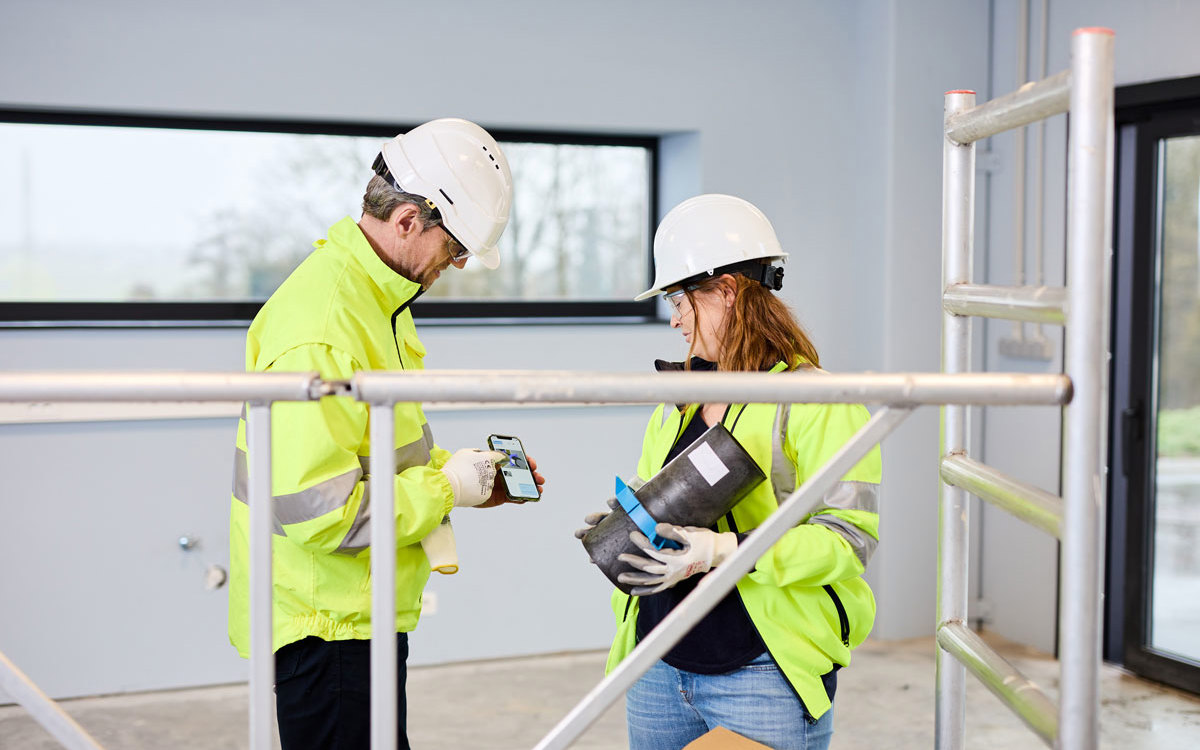
#5: Never compromise on firestopping
It might seem hard to believe, but it often happens that during inspections on building sites, firestopping is nowhere to be found. This is usually because of a desire to cut costs, lack of knowledge about firestopping regulations and installation, deliberate code violations or simply a lack of communication between contractors. Playing with people’s lives and allowing free passage for fire and smoke in penetrations and joints is unacceptable and should be avoided at all costs. Since all buildings that have fire-rated walls or ceilings are subject to strict rules, the specifiers should define firestopping systems in the project documentation. There are many products, systems and solutions to choose from, and selecting the right one should stem from proper training by associations or manufacturers. This is essential if contractors or installers want to satisfy inspection criteria, to reduce additional costs in time and money and to save lives.
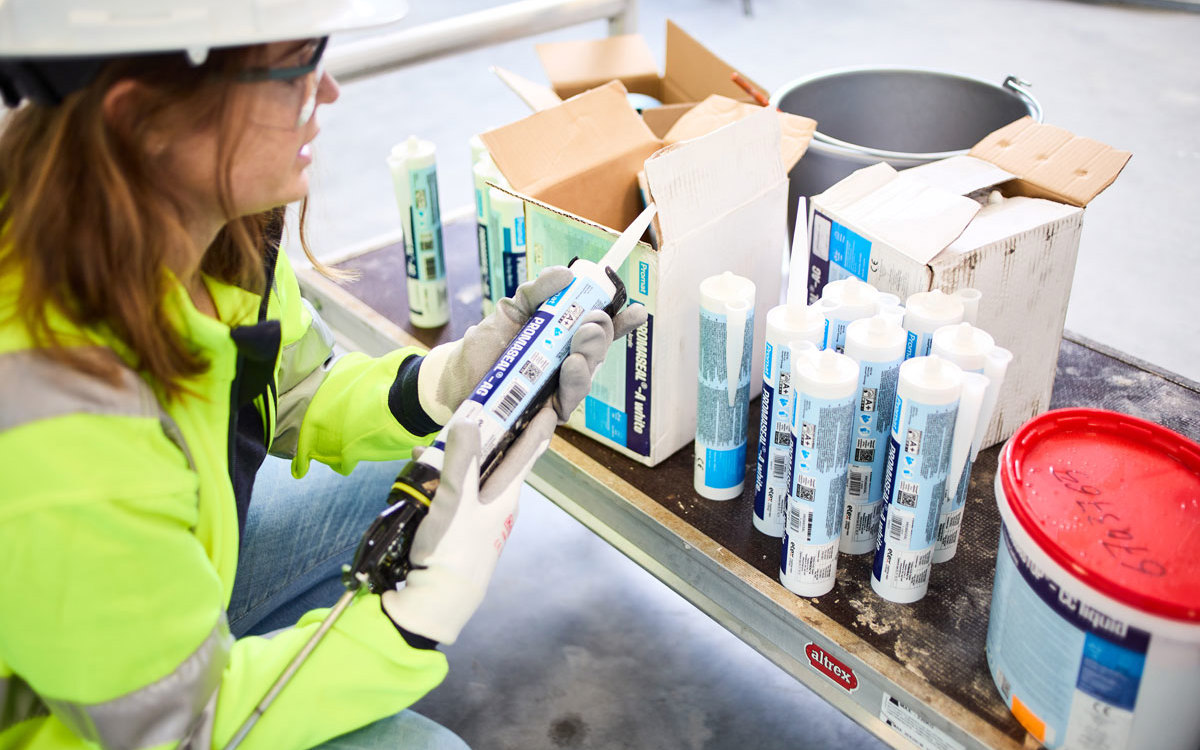
#6: Do not mix different brands
Do not mix products or systems from different manufacturers. Every manufacturer designs solutions according to which each product, serving a specific firestopping purpose to meet a certain fire rating, must be used. Mixed products of different brands are usually not tested, don’t have a Declaration of Performance, or a test or classification report, and are therefore prohibited from being installed. Promat offers a full range of firestopping products for any type of penetration. What is more, our firestopping products are designed by fire safety experts who, appreciating all the risks of fire, understand passive fire protection and compartmentation.
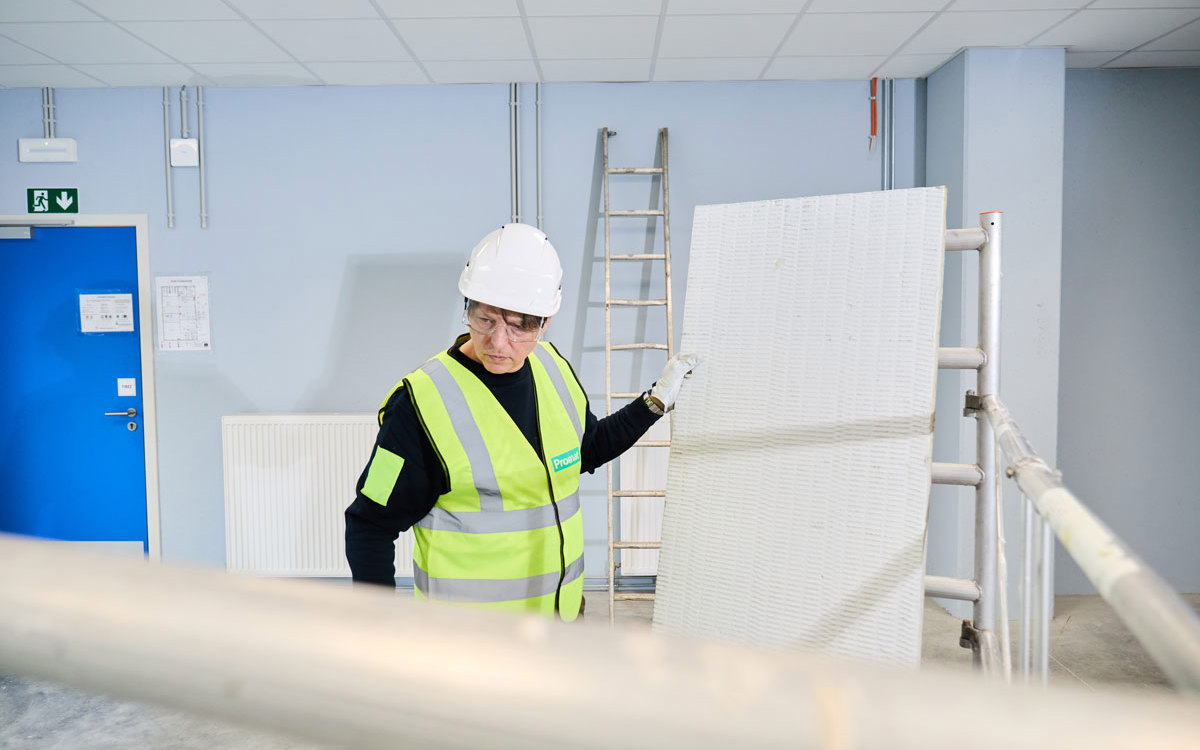
#7: Be careful when you use mineral wool
Most fire-resistant penetration seals, joints, and gaps typically involve openings filled with mineral wool with a melting point over 1000°C. Each gap should be sealed with special firestopping sealants like acrylics or silicones to prevent the potential spread of fire and smoke at one or both ends of the wall or floor. During the installation of mineral wool, you may encounter problems such as incorrect density or quality of the material used, which leads to a weakening of the fire resistance capabilities of the system during a fire. Another common problem when mineral wool is inserted is incorrect compression during the installation due to wrong instructions or calculations, which cause a reduction of the system’s fire resistance. There are other systems available that do not involve the use of mineral wool, and these should be taken into consideration because of the problems just mentioned. As a rule, use only mineral wool that is allowed for use in a fire protection system, as specified by the supplier and validated by a fire test.
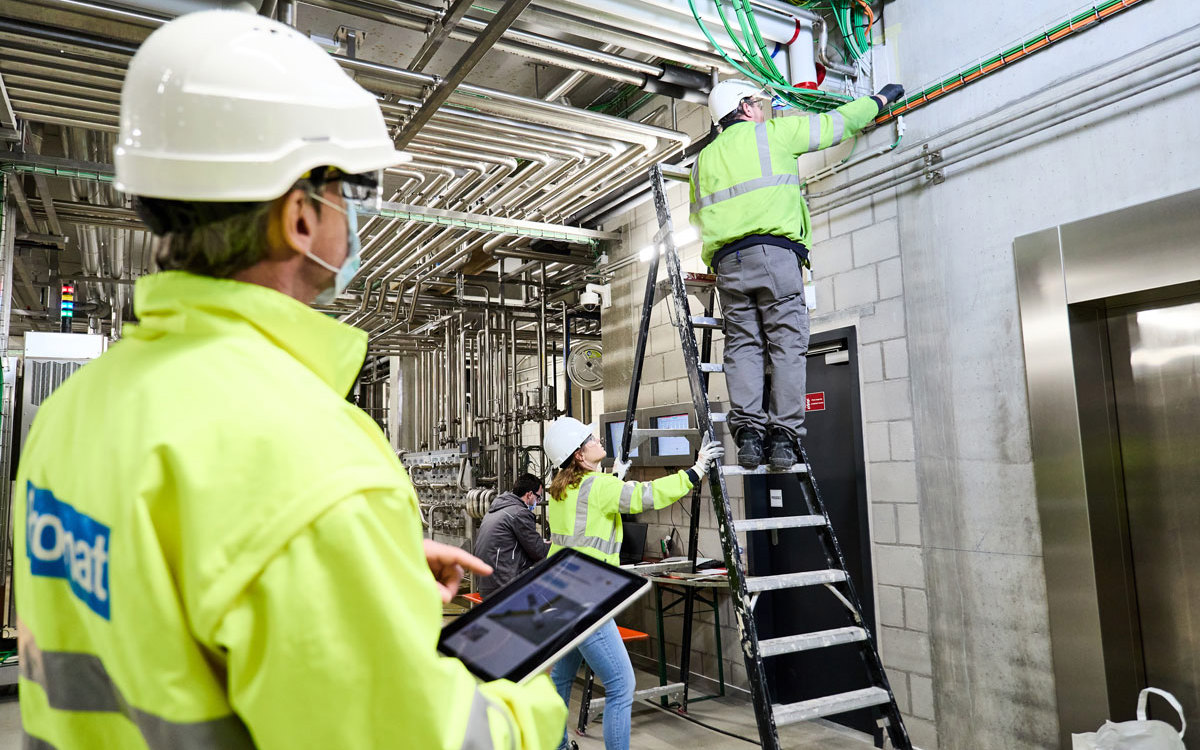
#8: Make sure firestopping is not forgotten in the design phase
Professional planning is needed early in the design phase to make sure the right products and systems are used on the job site. The specifier or planner needs to select the most effective firestopping solution that fits into the whole fire protection plan. Good communication and cooperation between specifiers, suppliers, and contractors are key to getting the job done properly and to eliminating additional work or costs down the road. Therefore, BIM objects have become increasingly important to facilitate the building process for architects, contractors, installers, and building owners. Manufacturers who share their knowledge and experience can provide support throughout the process. Promat has a dedicated team of firestopping experts and technicians. If you miss crucial information or need a second opinion, they are eager to help. Don’t hesitate to contact them.
Professional planning is needed early in the design phase to make sure the right products and systems are used on the job site. The specifier or planner needs to select the most effective firestopping solution that fits into the whole fire protection plan. Good communication and co-operation between specifiers, suppliers and contractors are key to getting the job done properly and to eliminating additional work or costs down the road. Therefore, BIM objects have become increasingly important to facilitate the building process for architects, contractors, installers and building owners. Manufacturers who share their knowledge and experience can provide support throughout the process. Promat has a dedicated team of fire stopping experts. If you miss crucial information or need a second opinion, they are eager to help. Don’t hesitate to contact them.

